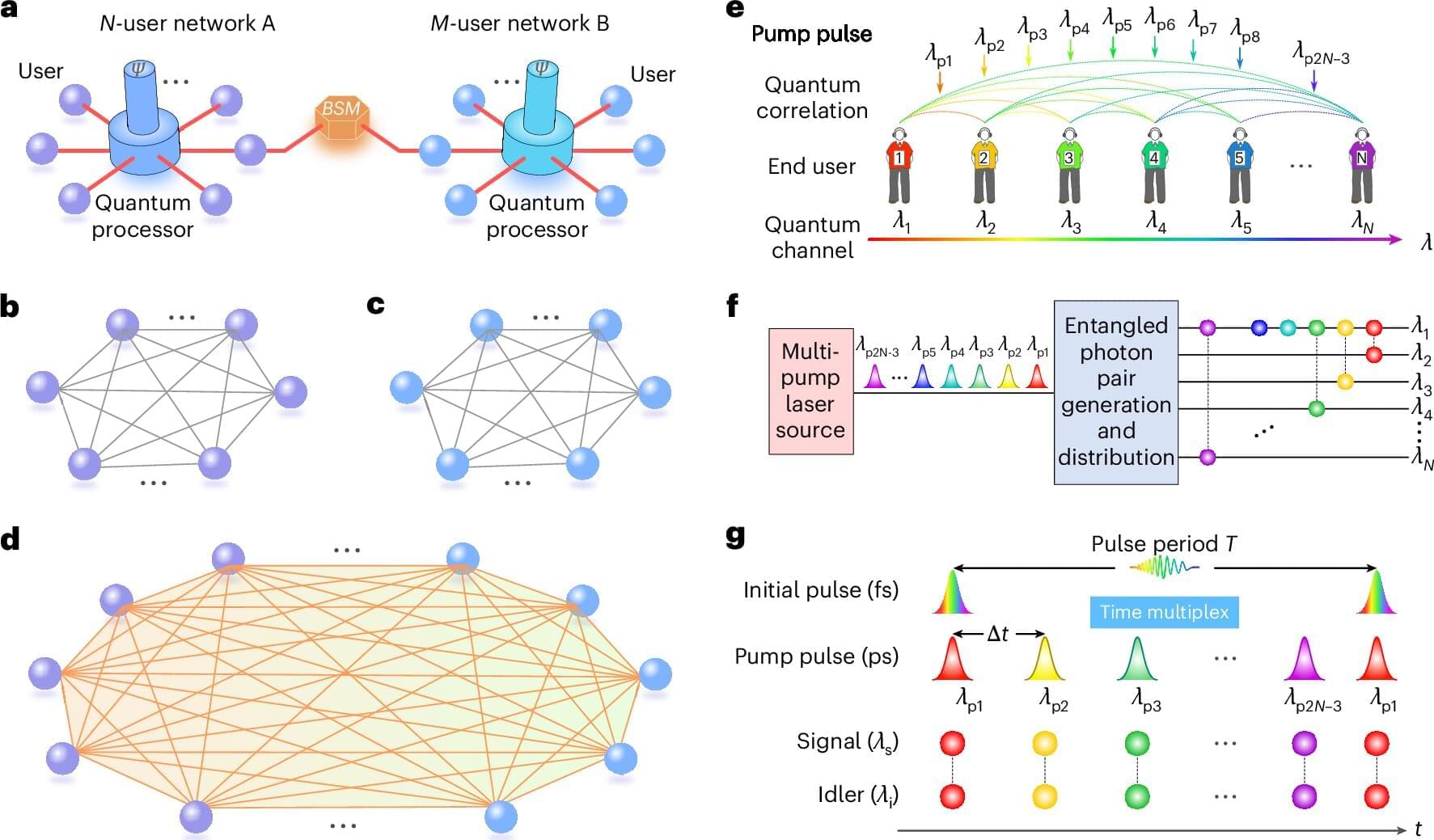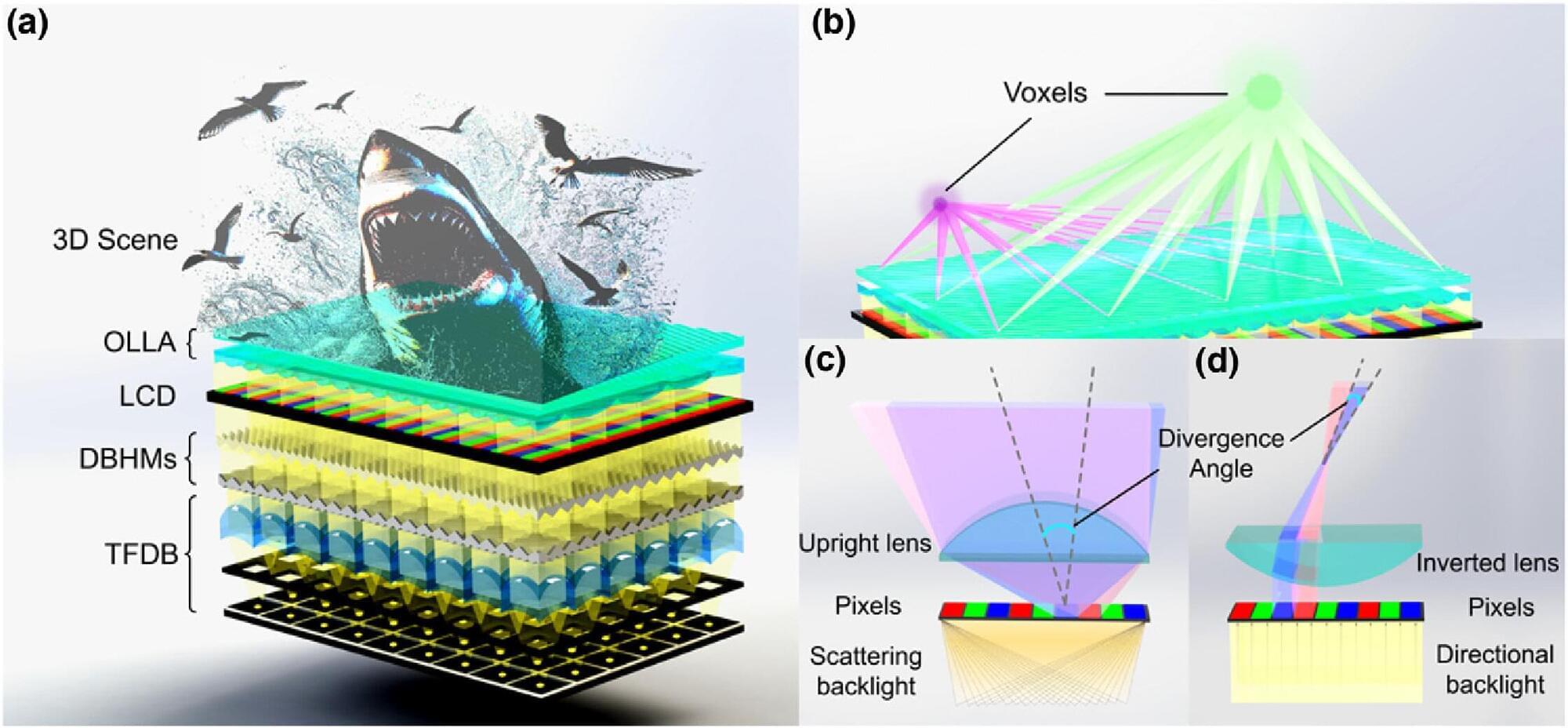What is it that makes a super recognizer —someone with extraordinary face recognition abilities—better at remembering faces than the rest of us?
According to new research carried out by cognitive scientists at UNSW Sydney, it’s not how much of a face they can take in—it comes down to the quality of the information their eyes focus on.
“Super-recognizers don’t just look harder, they look smarter. They choose the most useful parts of a face to take in,” says Dr. James Dunn, lead author on the research that was published in the journal Proceedings of the Royal Society B: Biological Sciences.








